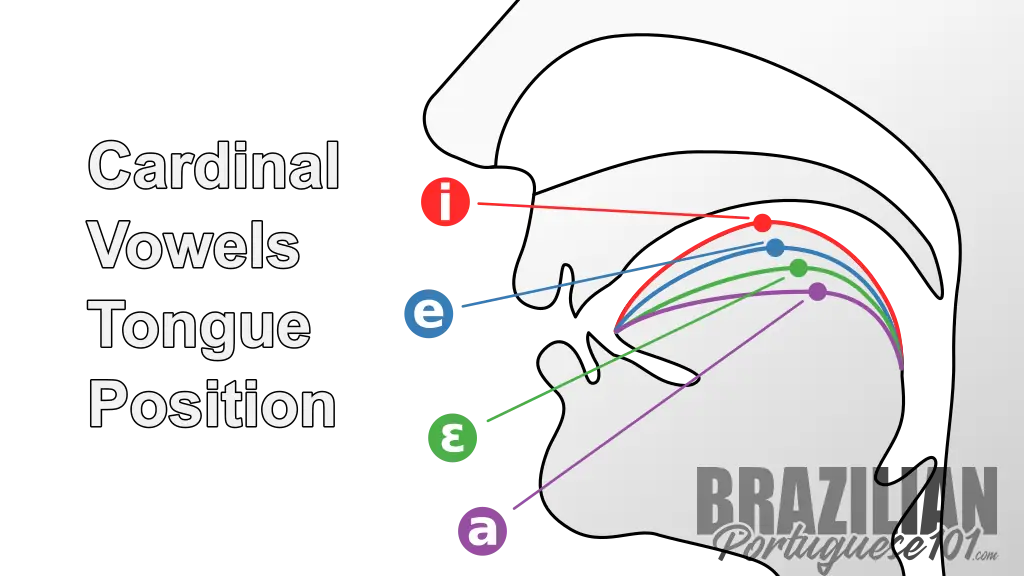[e]
In English, the sound represented by /e/ is typically realized as a diphthong, specifically /eɪ/. This diphthong consists of two vowel sounds, starting with the pure vowel sound /e/ and transitioning to the sound /ɪ/.
Examples of English words that contain the /eɪ/ diphthong include:
Like "e" in the following English words:
- Day - /deɪ/
- Pain - /peɪn/
- Way - /weɪ/
- Say - /seɪ/
Examples:
Abelha
/aˈbe.ʎa/
Bee
Leite
/'lej.tʃi/
Milk
Menina
/me'nina/
Girl
Verde
/'veʁ.dʒi/
Green
How To Pronounce
When you pronounce the /e/ sound, pay close attention to the placement of your tongue. By doing so, you'll be able to pronounce the /e/ sound correctly in Brazilian Portuguese, just like the words on the cards:
- Open your mouth slightly, leaving a small gap between your upper and lower teeth.
- Curve your tongue, with the tip lowered and slightly behind the bottom front teeth. The middle part of your tongue should be in the middle of your mouth.
- As you produce the /e/ sound, push the air out gently through the small gap between your teeth.

